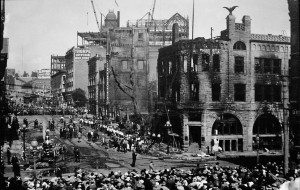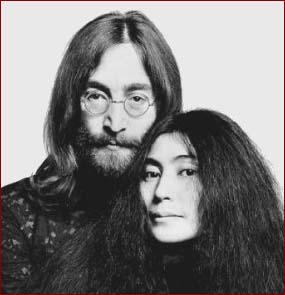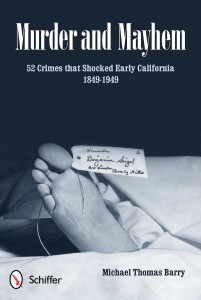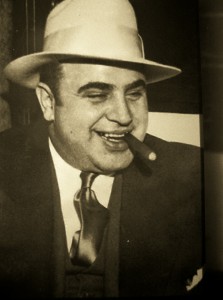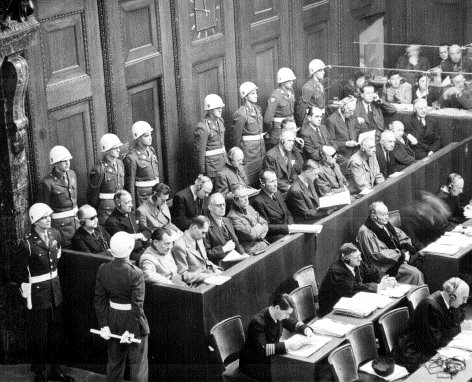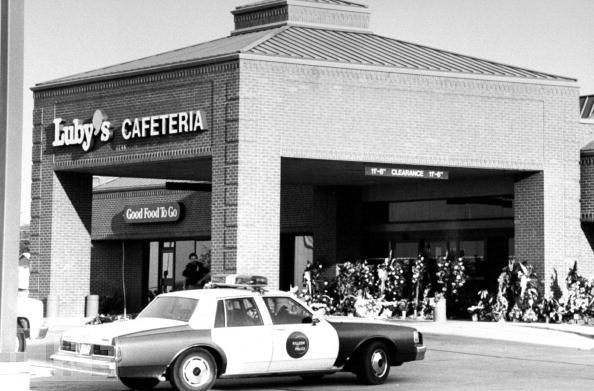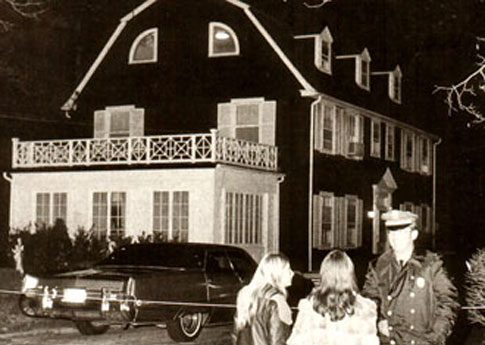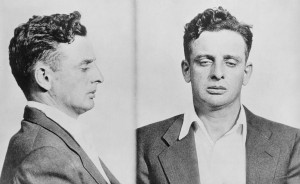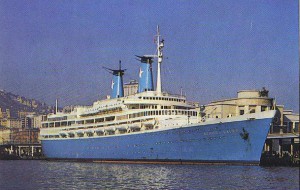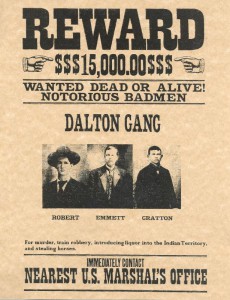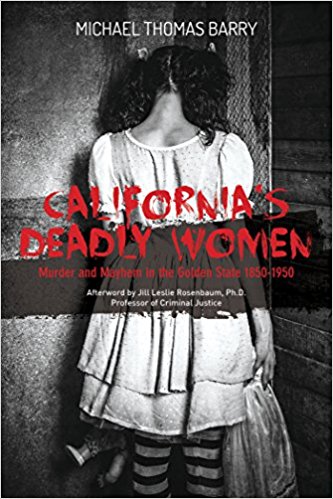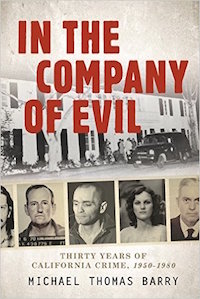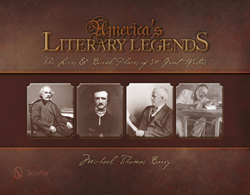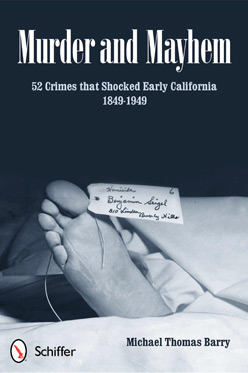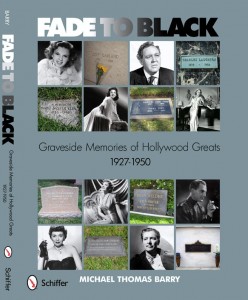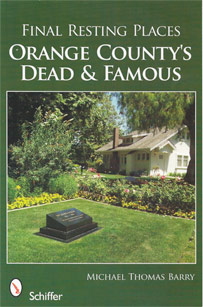10.21
On this date in 1910, a massive explosion destroys the Los Angeles Times building in the city’s downtown area, killing 21 and injuring many more. Since Los Angeles Times publisher Harrison Otis, a virulent opponent of unions, believed that the bomb was directed at him, he hired the nation’s premier private detective, William J. Burns, to crack the case. In addition to printing numerous editorials against unions, Otis was the leader of the Merchants and Manufacturing Association, a powerful group of business owners with extensive political connections. Burns’ investigation led him to the Bridge and Structural Iron Workers Union and their treasurer, John J. McNamara. In April 1911, Burns forced a confession out of Ortie McManigal, who had allegedly been the intermediary between James McNamara and two bomb experts. Burns personally arrested James and John McNamara. They were then extradited back to California to stand trial. Union members and left-wing supporters rallied around the McNamara brothers. After a large defense fund was raised, union representatives hired Clarence Darrow to take the case. Even though public opinion supported the McNamara’s, Darrow’s own investigation was turning up evidence to prove that the brothers were actually guilty. Even worse, members of the defense team were trying to bribe the jury just to keep up with the prosecution’s own bribery tactics. Within this chaos, Darrow and Otis worked out a deal with prosecutors to which the McNamara’s would plead guilty to escape the death penalty. James received a sentence of life in prison and died at San Quentin Prison from cancer in 1941. John McNamara received reduced sentence of only 15 years.

